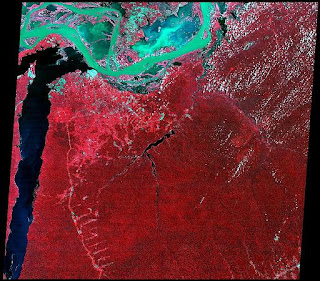
With its northern boundary located 50 km south of Santarém, Pará, Brazil, the Tapajós National Forest covers approximately 600,000 ha between the Rio Tapajós and the Santarém-Cuiabá Highway (BR-163). Established in 1974, the Tapajós National Forest is part of the Brazilian National Forest System, managed by the Instituto Brasileiro do Meio Ambiente e dos Recursos Naturais Renováveis (IBAMA). Topographically, the forest can be divided into "flanco", westward draining, highly dissected terrain along the Tapajos river and the "planalto", or uplands, which drain to the east.
Characterized by large canopy emergent trees (to 50m tall), "terra firme" forests cover much of the planalto areas. Common emergent species include Couratari spp., Tabebuia spp., Manilkara huberi, Hymenaea courbaril, and Tachigalia spp. In a typical view from below, the trunks of emergent trees are interspersed with smaller trunks of sub-canopy or canopy trees and saplings. Rainfall in the Tapajós National Forest reaches over 2 meters annually.
Extracts of: http://www.as.harvard.edu/chemistry/brazil/lbasite.html
No comments:
Post a Comment